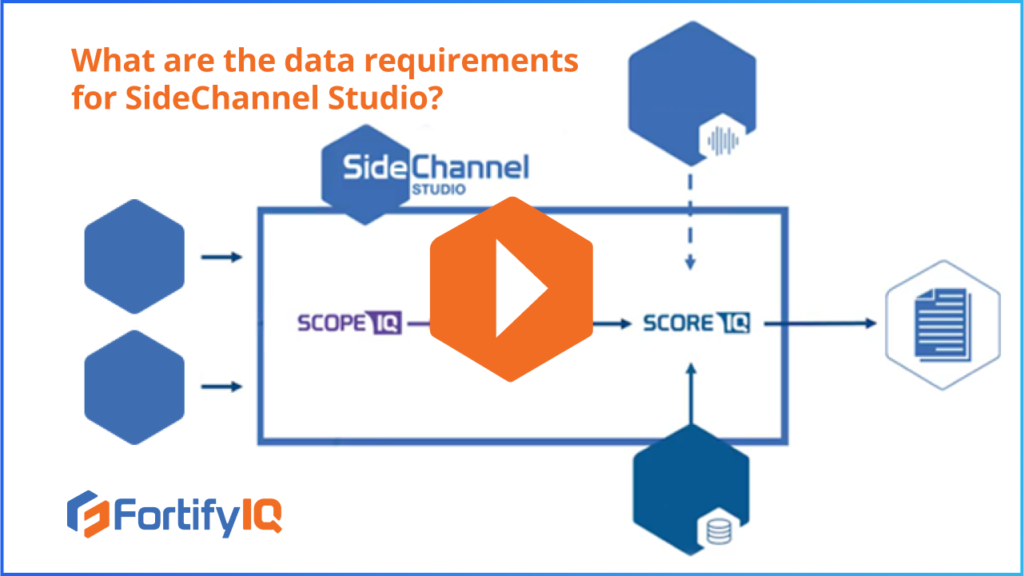
The ScopeIQ simulator of SideChannel studio receives 3 major inputs: the gate level netlist, the target cell library, and a test bench. Side-channel traces produced by ScopeIQrunning are fed to the side-channel trace analyzer called ScoreIQ. Customers can then choose which plugin attack module ScoreIQshould run. Depending on the chosen plugin, SCORE IQ either performs one of the attacks from the library or the TVLA assessment of side-channel leakage. Customers have the option of adding their own plugin for an attack that is not represented in the existing library. The algorithm for this can be written in C, C++ or Python and plugged in to the ScoreIQinfrastructure. They can then view the results in graphical and digital forms, as you will learn in this video.